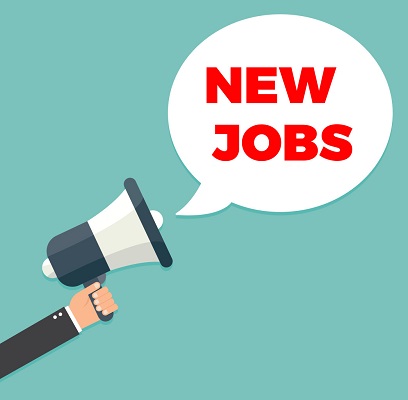
New report: AI to create 200,000 jobs in Australia by 2030
Artificial Intelligence (AI) could create up to 200,000 AI-related jobs in Australia by 2030, boost productivity and inject billions of dollars into the economy, according to a new report from the Tech Council of Australia (TCA) supported by Microsoft, LinkedIn and Workday.
Meeting the AI skills boom, released today at Australian Parliament House, shows demand for workers to support the development and adoption of AI technologies is growing, but there is a risk of skills shortages without significant reforms.
Damian Kassabgi, CEO of TCA said, “Artificial intelligence is one of the leading tech trends and it’s transforming how we work. We’ve seen enormous growth in Australia’s AI workforce in recent years, which will only increase with greater adoption of the technologies.
“This growth won’t be isolated to the tech sector or tech jobs. In addition to roles that are responsible for developing, designing and maintaining AI systems, we will need people with skills in areas such as human resources, sales and governance to successfully scale these systems and businesses to harness the potential in front of us,” Kassabgi said.
The report finds reaching 200,000 AI workers by 2030 will require this workforce to grow 500% over seven years. Fulfilling the AI jobs opportunity will require more workers to meet this rapidly growing demand while also adapting to changes in job requirements across tech and non-tech occupations.
These changes reflect the distinct skills and experience required to work directly on AI products and businesses. This skills shift could be met through a combination of entry-level training, upskilling of existing workers and mid-career training.
Matt Tindale, Managing Director, LinkedIn Australia and New Zealand, said, “The existing tech workforce is already straining to meet demand, but growing the number of AI development jobs could be achieved by offering alternative entry-level pathways, opportunities for mid-career retraining and upskilling in AI, and drawing on skilled migration, particularly for highly technical roles requiring experience.”
Diversifying training pathways, including greater uptake in VET or short-course training, could increase the supply of workers in cybersecurity, product and design roles.
The report suggests promoting awareness of AI jobs and skills needs and boosting AI literacy across the workforce could drive growth in jobs to support the scaling of AI systems and products, in fields such as finance, human resources, sales and operations, and governance roles across legal, policy, and risk and compliance.
“We need to prepare Australia’s workforce for the opportunities that the widespread adoption of AI presents, and ensure we have the pipelines of AI-ready workers in place to meet the huge demand for AI jobs,” said Paul Leahy, Regional Sales Director Public Service at Workday.
“A comprehensive AI investment and capability plan for Australia is also essential to provide a clear path for regulation and governance, digital infrastructure and research and commercialisation and to capture the economic and productivity benefits of AI.”
Growing the AI workforce to enable greater development and adoption of AI in Australia would bring billions of dollars in additional economic benefits. Greater adoption of Generative AI alone could contribute $115 billion to the economy. Most of this benefit (70%) will come from productivity gains.
“Australians are already using AI-powered tools to help with tasks and are reporting that it saves them time and allows them to focus on more important work and be more creative,” added Sarah Carney, Chief Technology Officer at Microsoft Australia and New Zealand.
“But there is still massive growth to come, so we need to ensure we have the AI-skilled workers available to reap the economic and social benefits that the technology will bring as it becomes more widespread.”
Key facts from the Report
· AI to create 200,000 jobs in Australia by 2030
· This will require a 500% growth from current AI workforce levels
· Australia’s AI workforce has grown remarkably in recent years, from about 800 workers in 2014 to more than 33,000 in 2023
· There are about the same number of AI workers in the Australian economy as school principals or architects
· Greater adoption of AI could contribute $115 billion to the economy
· (70%) of the $115 billion will come from productivity gains
· To meet the demand, we will need a combination of entry-level training, upskilling of existing workers and mid-career retraining

